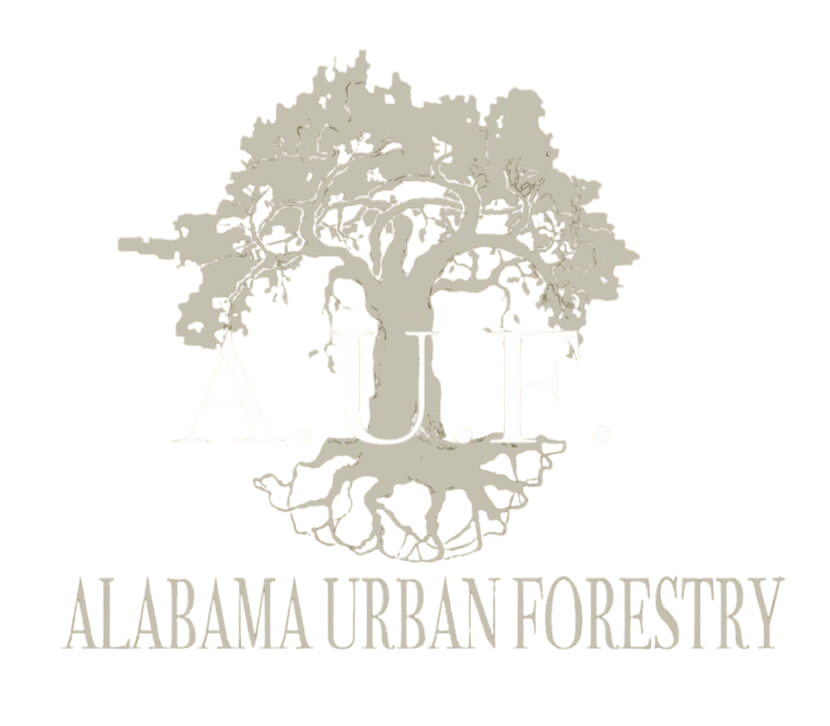Living in Clanton, Alabama means being surrounded by beautiful trees that enhance the natural landscape of our community. However, it’s important to be aware of the potential hazards that some trees can pose, especially during severe weather conditions. Identifying hazardous trees in Clanton is crucial to ensuring the safety of your property and loved ones.
Here are some tips on how to identify hazardous trees in Clanton, Alabama:
1. **Leaning Trees**: Trees that are leaning significantly to one side may be a sign of structural instability. This could be caused by root issues, weak branches, or soil erosion. Keep an eye on any tree that appears to be leaning more than usual and consult with a professional arborist to assess the situation.
2. **Cracks or Cavities**: Trees with visible cracks, splits, or cavities in the trunk or branches are at risk of falling or breaking during a storm. These structural weaknesses can compromise the integrity of the tree and make it hazardous. If you notice any significant damage, it’s best to have the tree inspected by a certified arborist.
3. **Dead or Hanging Branches**: Dead branches that have not shed from the tree can pose a serious risk of falling unexpectedly. These branches are often weakened and more susceptible to breaking off during high winds or heavy rain. Additionally, branches that are hanging precariously from the tree can also indicate a potential hazard.
4. **Fungal Growth**: The presence of mushrooms, conks, or other fungal growth on the trunk or roots of a tree can indicate decay or disease. This can weaken the tree from the inside out, making it more prone to falling. If you notice any unusual growth on your trees, it’s important to have them inspected promptly.
5. **Root Damage**: Trees with compromised or damaged root systems may also be hazardous. Signs of root damage include soil heaving, exposed roots, or leaning without apparent cause. Root issues can affect the stability and health of a tree, making it more susceptible to uprooting during a storm.
6. **Proximity to Structures**: Trees that are located close to buildings, power lines, or other structures pose an increased risk if they were to fall. Consider the proximity of trees to your home or other important structures and assess whether they could cause damage if they were to fall.
In conclusion, identifying hazardous trees in Clanton, Alabama is essential for maintaining a safe environment for yourself and your community. Regularly inspecting your trees for signs of danger and consulting with a professional arborist can help prevent accidents and property damage. Remember, safety should always be a top priority when it comes to tree care and maintenance.

